Portable HEPA air filter blowers play a vital role in maintaining clean and safe air in sensitive environments such as hospitals, sterile compounding facilities, and research labs. These units create negative pressure by drawing contaminated air out of a room and filtering it through a HEPA or High-Efficiency Particulate Air filter, removing dust, contaminants, and harmful bioaerosols before releasing the air back indoors.
Their portability makes them ideal for rapid deployment in ICRA (Infection Control Risk Assessment) containment setups, especially in healthcare settings where air quality is critical. The American Society for Health Care Engineering (ASHE) requires Class IV and V containments to have HEPA filtration of the exhaust air if this air is discharged indoors. The HEPA filters must demonstrate
99.97% efficiency through testing and not disturb the airflow balance in adjacent spaces.
To ensure ongoing effectiveness, portable HEPA air filter blowers must be tested regularly, which can be easily accomplished using the simple steps outlined in the following Quick Guide to Testing Portable HEPA Filter-Equipped Negative Air Blowers. Consistent testing helps facilities stay compliant, protect patients and workers, and maintain optimal infection control performance.
1. Prepare the Particulate Monitoring Equipment
- Use a calibrated hand-held discrete particulate and aerosol monitor capable of detecting particles down to 0.3 microns (the size standard for HEPA efficiency testing).
- Ensure the HEPA blower is set up and operating in the intended space as it would during actual use.
2. Measure Ambient Particle Levels
- Take a baseline particle count upstream of the HEPA blower (in the room or just before air enters the unit).
- Record concentrations of airborne particles, particularly at ≥0.3 micron (μm), ≥0.5μm, and ≥5.0μm.
3. Measure Post-Filter Air
- Next, take a reading downstream, at the HEPA blower's exhaust.
- Ensure that the isokinetic probe is inside the plane of the exhaust duct being tested (i.e. make sure the air flow is across the probe of the detector).
4. Calculate Efficiency
- Compare the post-filter particle counts to upstream counts using the following formula.
- Filter efficiency = 1- (downstream count / upstream count) x 100
- A properly functioning HEPA filter should show at least 99.97% removal efficiency for particles ≥0.3 microns.
In a heavy demolition condition within a healthcare containment system, it’s not uncommon for the work area to generate over 1 billion airborne particles per cubic meter. These particles can include dust, microbial contaminants, and hazardous debris, all of which pose
significant risks in sensitive healthcare settings.
When particle levels are this high, even small inefficiencies in air filtration can result in millions of particles escaping the containment system if proper controls aren't in place. True HEPA filtration (tested at 99.97% efficiency at 0.3 microns), combined with negative pressure containment, is crucial in protecting patients, staff, and adjacent clean areas. An example of how small differences in filter efficiency can affect the performance of the containment system is presented below:
- A HEPA filter rated at 99.97% efficiency at 0.3 microns allows 300,000 particles out of every 1,000,000,000 to pass through.
- A HEPA filter rated at 98.0% efficiency allows 20,000,000 out of 1,000,000,000 particles to pass through.
- A HEPA filter rated at 95.0% efficiency allows 50,000,000 out of 1,000,000,000 particles to pass through.
So, what if the HEPA exhaust is tested and does not meet the filter efficiency of 99.97%?
You have two choices:
- You must repair the portable HEPA-filtered unit to achieve a 99.97% efficiency, or
- Route the HEPA filtered exhaust to the outdoors (away from air intakes or patient areas).
5. Check for Pressure Impact Outside of the Containment System
- Verify that the blower has not negatively affected airflow or pressure balance in adjacent areas where the HEPA exhaust is being discharged.
6. Perform Regular Testing
- Before the start of a project
- After filter changes
- At routine intervals for long-term use
7. Document the Results
- Record test results, equipment calibration status, and testing conditions.
- Maintain documentation for compliance with ASHE ICRA 2.0 and internal audit trails.
This testing ensures the HEPA filter unit is working as intended, reduces the risk of airborne contamination, and helps facilities meet strict infection control and safety standards.
In short, portable HEPA air filter blowers are more than just tools—they're essential safeguards in any air-sensitive healthcare environment.
Higgins and Associates, LLC specializes in assisting healthcare clients with the design, testing, and monitoring of Infection Control Risk Assessment (ICRA) healthcare construction containment systems. We offer
ICRA certification courses that teach the scientific principles of healthcare containment design. Additionally, we have expert consultants in environmental infection control who can assist clients with challenging containment system design issues in sensitive areas of hospitals and other healthcare facilities.



